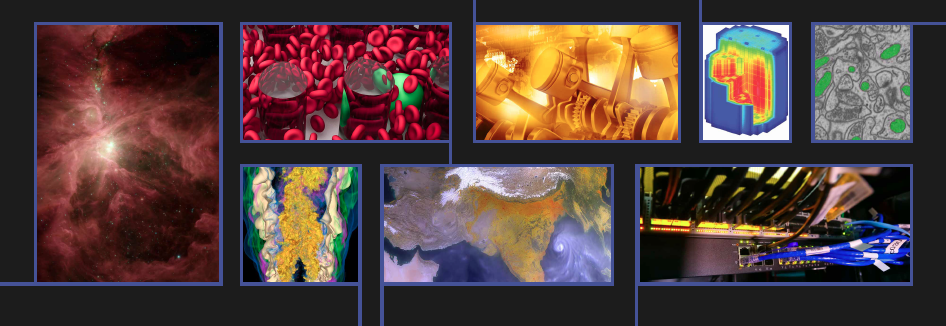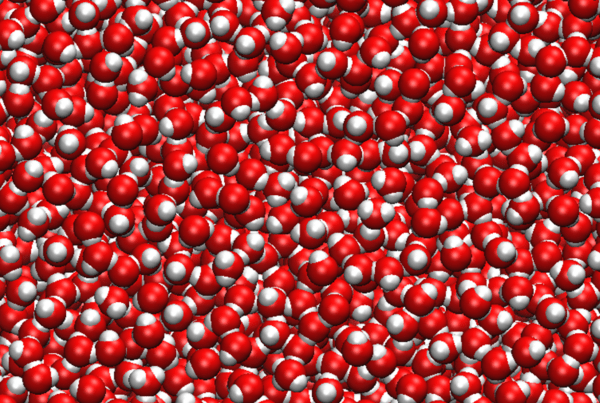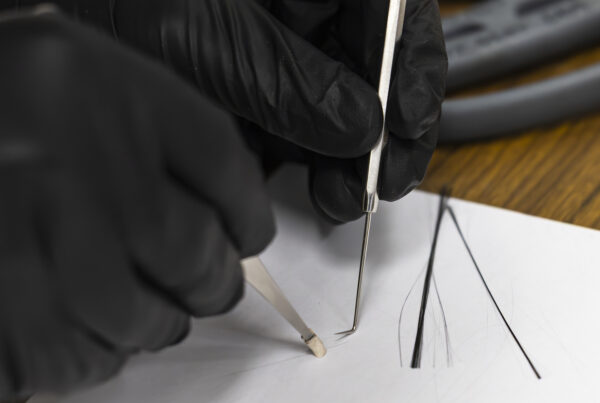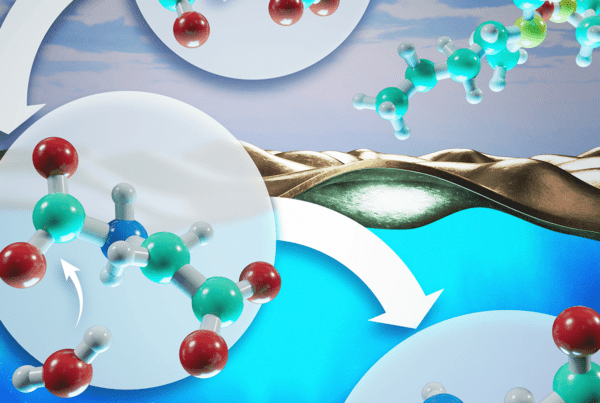Every year, the US Department of Energy’s (DOE’s) Office of Advanced Scientific Computing Research (ASCR) provides scientists with time on world-class computational resources across the country through the ASCR Leadership Computing Challenge (ALCC). The ALCC program grants 1-year awards to energy-related research efforts with an emphasis on high-risk, high-reward simulations in line with DOE’s mission.
The ALCC program distributes time among multiple DOE Office of Science User Facilities, allocating up to 30 percent of the HPC resources at the Oak Ridge Leadership Computing Facility (OLCF) at DOE’s Oak Ridge National Laboratory (ORNL) and Argonne National Laboratory’s Argonne Leadership Computing Facility (ALCF), as well as up to 10 percent at the National Energy Research Scientific Computing Center (NERSC) at Lawrence Berkeley National Laboratory.
ASCR manages all three user facilities, which each contain powerful supercomputers. Previous ALCC project recipients have leveraged these high-performance computing (HPC) systems to advance scientific and technological research in fields such as nuclear physics, energy efficiency, and materials science.
In 2018, 14 projects have earned a combined 729.5 million core hours on Titan, the OLCF’s 27-petaflop supercomputer, to continue that tradition of innovation and discovery. Using Titan, teams of scientists will conduct experiments, collect data, and analyze results in support of various research topics, from studying biological processes in microbial ecosystems to developing new cosmological simulations for studying the history of the universe.
Projects given time at the OLCF this year, which received awards ranging from 5 million to 100 million processor hours, are listed below. Some projects have additional computing time at the ALCF and/or NERSC.
- Brian Wirth from ORNL and the University of Tennessee received 60 million core hours on Titan for “Modeling Fusion Plasma Facing Components.”
- Todd Simons from Rolls-Royce Corporation received 10 million core hours on Titan for “Increasing the Scale of Implicit Finite Element Analyses.”
- Robert Edwards from Jefferson Lab received 96 million core hours on Titan for “The Real World of Real Glue.”
- Eric Lancon from Brookhaven National Laboratory received 80 million core hours on Titan for “Scaling LHC Proton–Proton Collision Simulations in the ATLAS Detector.”
- Robert Voigt from Leidos Inc. received 78.5 million core hours on Titan for “Demonstration of the Scalability of Programming Environments by Simulating Multi-Scale Applications.”
- Robert Patton from ORNL received 25 million core hours on Titan for “Advances in Machine Learning to Improve Scientific Discovery.”
- P. Straatsma from ORNL received 30 million core hours on Titan for “Portable Application Development for Next-Generation Supercomputer Architectures.”
- Katrin Heitmann from Argonne National Laboratory received 40 million core hours on Titan for “Emulating the Universe.”
- Chongle Pan from ORNL received 50 million core hours on Titan for “Petascale Analytics of Big Proteogenomics Data on Key Microbial Communities.”
- Peter Nugent from Lawrence Berkeley National Laboratory received 100 million core hours on Titan for “HPC4EnergyInnovation ALCC End-Station.”
- Mark Petersen from Los Alamos National Laboratory received 5 million core hours on Titan for “Investigating the Impact of Improved Southern Ocean Processes in Antarctic-Focused Global Climate Simulations.”
- Gary Grest from Sandia National Laboratories received 8 million core hours on Titan for “Large-Scale Numerical Simulations of Polymer Nanocomposites.”
- Swagato Mukherjee from Brookhaven National Laboratory received 85 million core hours on Titan for “Phase Boundary of Baryon-Rich QCD Matter.”
- Ronald Grover from General Motors received 12 million core hours on Titan for “Steady-State Engine Calibration in CFD Using a GPU-Based Chemistry Solver, Conjugate Heat Transfer, and Large Eddy Simulation (LES).”
ORNL is managed by UT-Battelle for the Department of Energy’s Office of Science, the single largest supporter of basic research in the physical sciences in the United States. DOE’s Office of Science is working to address some of the most pressing challenges of our time. For more information, please visit https://science.energy.gov.






